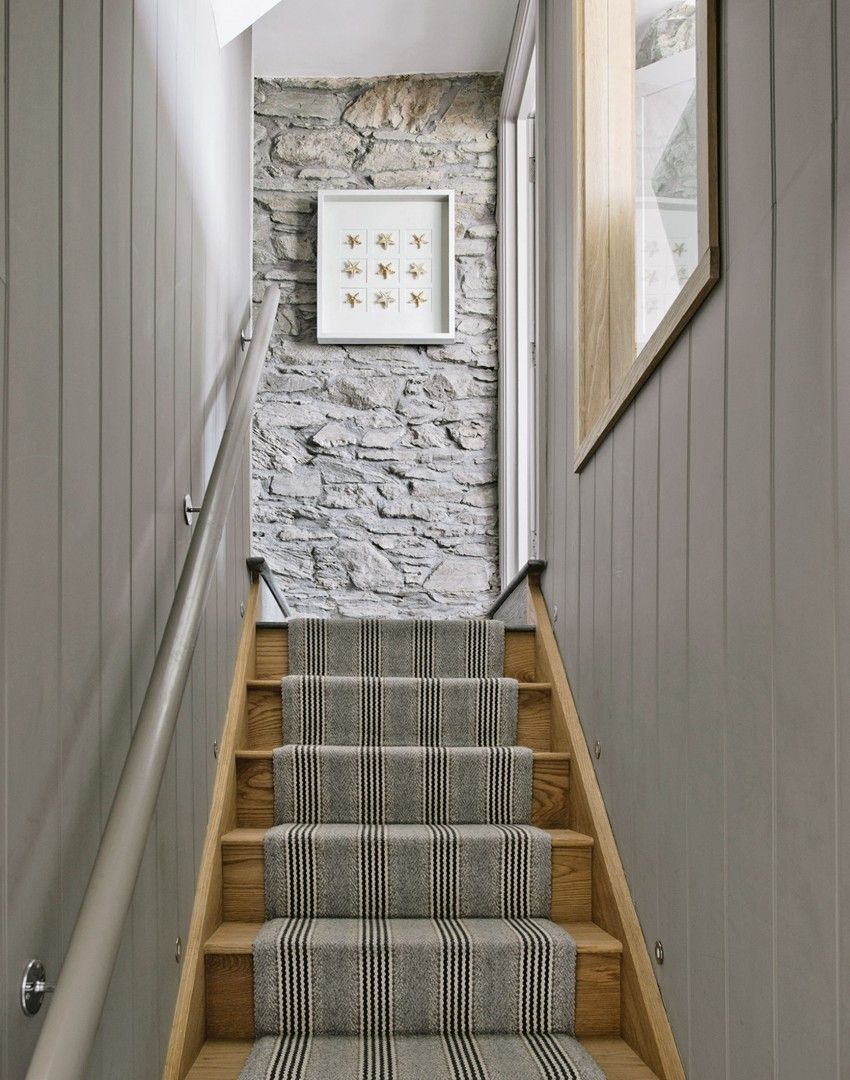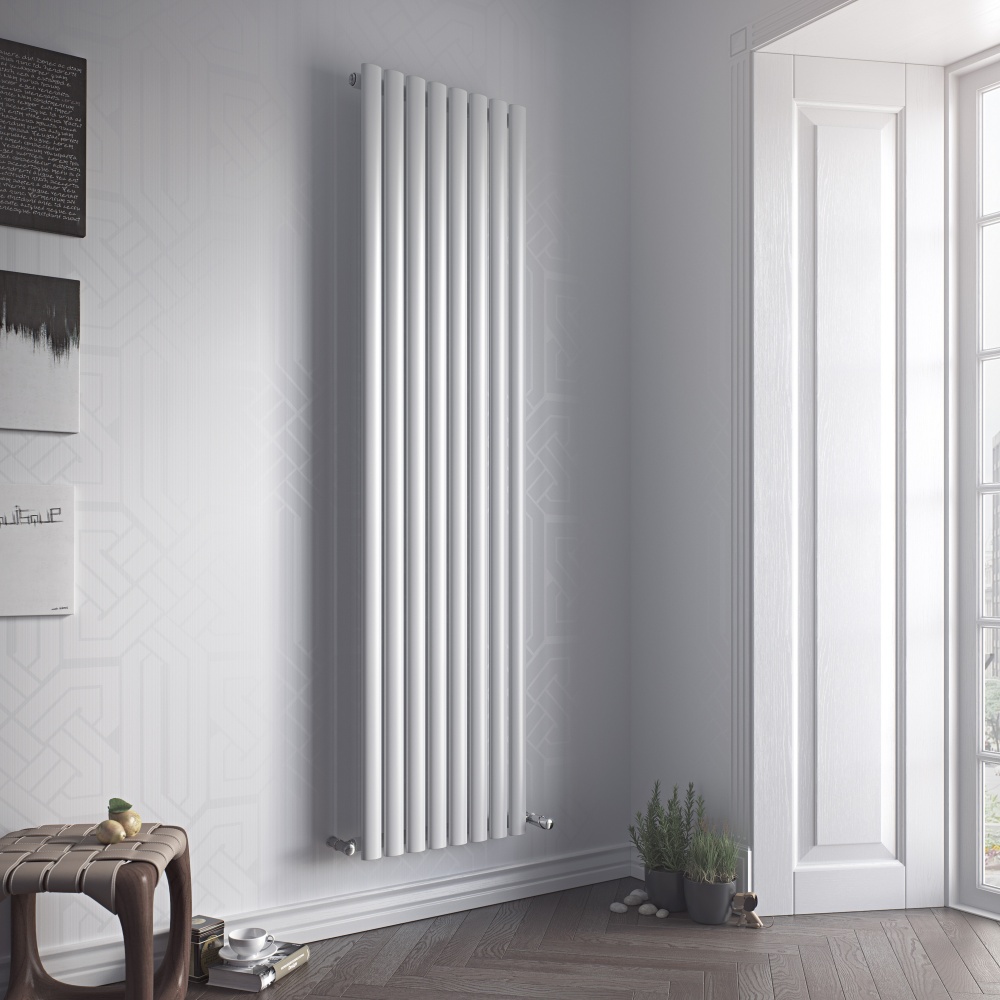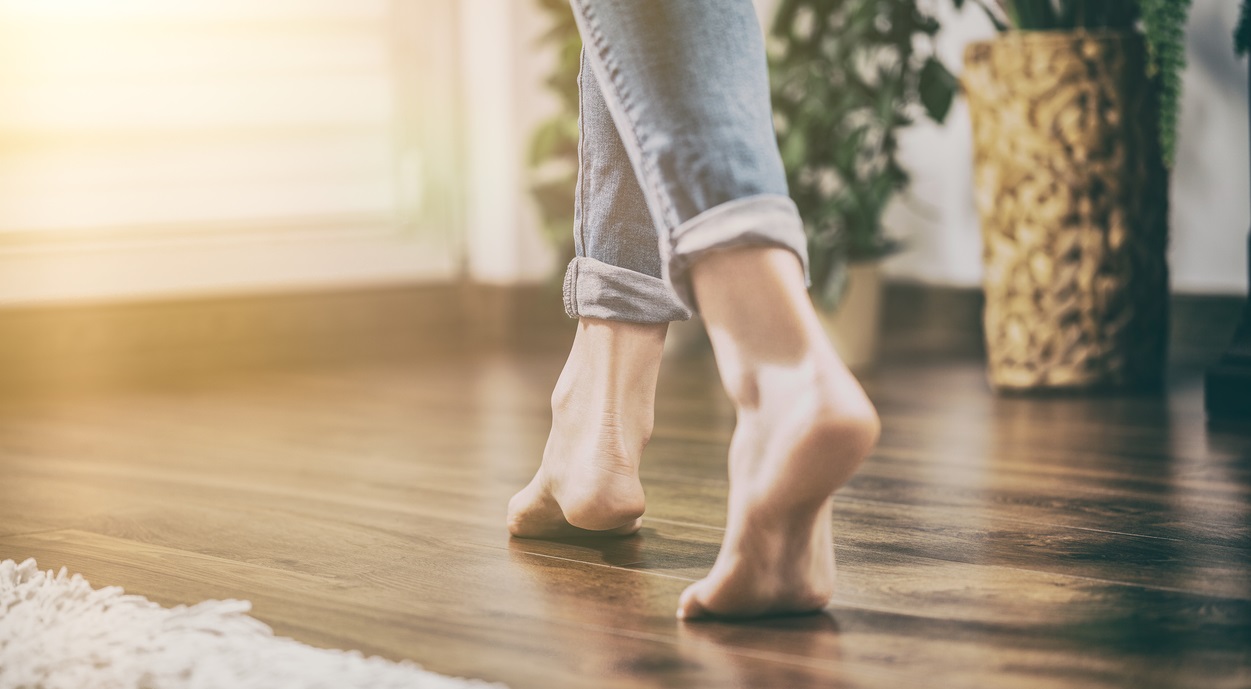When it comes to heating the home, one of the trickiest arteas is the first you see in a property.
The problem comes from the fact that these areas are rather drafty, and rather narrow in their space. If you’re trying to heat a home, the hallways and staircase are often the last area you think about. They’re walked through and not dwelled in. The reality is that they are the spaces where drafts can come in and out of, so if you are trying to keep your house efficient and comfortable in its climate, the hallway, staircase and landing are some of the most important areas in regards to air flow.
So, what radiators are best suited to these tricky spaces, and why?
Problems to consider
If you are going to invest in a new radiator system for your hallway, it is sensible to assess the problems you may encounter beforehand. This will mean that you can find the right solution for your space and ensure an efficient regulation of heat throughout the home. Whilst our selection is definitely one of the best for diversity, the hallway radiator should always be tailored to your living space.
When heating a hallway, you’re also heating the stairs and landing

It’s not often that you’ll find a radiator on your staircase, it’s simply too difficult to install. If you’re on the lookout for a good hallway radiator, make sure that you buy one which can heat the staircase as well. This will mean that it will need to have a high BTU output. Hallways may be small spaces, but when you factor in the stairwell and landing, you’re actually catering for more than you might initially think you would.
Bigger space to fill
As mentioned above, you’ll need to ensure that you know the BTU needs of the space. This means measuring the height, width and length of the room your heating. If the space is unusually shaped, as most hallways and landings are, then split the space into rectangles and then combine the measurements at the end.
Heat rises
Keep in mind that your radiator will need to be powerful enough to rise up. There’s a bit of luck here, as heat naturally rises, all you need to do is make sure that your radiator has a high enough BTU to reach the staircase and upper landing, and that there are no pesky drafts running through the home. The hallway acts like the spine to the house, and any problems with it will eventually affect the rest of the house.
Vertical radiators

Vertical radiators are some of the best radiators for hallways. Not only do they take up very little wall space, they utilise height whilst also creating an eye catching focal point. If ideally placed facing the stairs, a vertical radiators height means that more warmth is likely to be radiated up into the upper levels, thus warming your landing as well as your staircase.
Horizontal radiators
Horizontal radiators capitalise on the length of the hallway and are often the more subtle option for hallway heating. Whether you go for a column or a cast iron model, these are usually the most popular model.
Underfloor heating

Underfloor heating is often kept on at a lower temperature, ensuring that a regular climate is kept throughout the home and also ensuring that you save space in the hallway.